Realtor.com’s new 2025 Home Trends Report found that efficiency, sustainability and nature-inspired design are on the rise, while more opulent or space-heavy features are losing ground—highlighting a shift in how Americans define comfort and value.
Sustainability and Efficiency
There is a pronounced shift toward sustainable, eco-friendly home design in 2025, driven largely by increasing awareness of environmental impact, energy costs, and health. Energy-efficient features are no longer niche—they are mainstream selling points, with buyers prioritizing upgrades that conserve water, lower power consumption, and support renewable energy.
Examples of these efficiency-focused features include:
- WaterSense fixtures, which use at least 20% less water and have seen a dramatic increase in new home listings, up nearly 290% year-over-year.
- Net-zero-ready homes, EV charging setups, and smart lighting, all of which have seen rapid adoption.
- Use of biophilic design, connecting interiors to the natural world through the integration of large windows, living walls, natural materials, and improved ventilation.
- Sustainable materials such as wood, recycled resources, and low-VOC paints.
Flexible, Multi-Functional and Inclusive Living Spaces
Homes are increasingly being designed for flexibility to accommodate remote work, family needs, and evolving lifestyles. Multi-functional spaces—like offices that double as guest rooms or dining rooms that serve as coworking areas—are in demand, supported by custom furniture and movable dividers.
Inclusivity is also a major trend, with features such as stepless showers, sensory-friendly materials, and layouts that minimize hallways, making homes more navigable and comfortable for people of all ages and abilities. This inclusivity dovetails with the continued growth of multi-generational and aging-in-place design, incorporating en-suites, casitas, and secondary living spaces.
Smart Home Technology and Wellness
Smart technology is now considered essential by both builders and homebuyers, shifting from a futuristic luxury to an everyday expectation. Builders are pre-wiring homes for AI-powered automation, centralized hubs, and energy management systems. Features like built-in coffee systems, smart lighting, and hardwired ethernet have become standard upgrades supporting efficiency, productivity, and remote work.
Wellness-oriented home luxury is also trending, with spa bathrooms, meditation rooms, and layered natural materials like wood paneling, stone, and bouclé fabrics adding comfort and warmth to living spaces.
Design Evolution: Style and Exterior Trends
Exterior and interior design elements are evolving to blend versatility, appeal, and cost-effectiveness:
- The modern farmhouse aesthetic continues to dominate, with transitional and soft modern styles on the rise.
- Curved silhouettes, arched doorways, and rounded furnishings are replacing sharp angles, infusing comfort and organic flow into interiors.
- Designs minimize hallways and maximize functional square footage, supporting both affordability and energy savings.
Housing Market Dynamics
Market trends show more buyers opting for renovations over moving, given higher interest rates and limited inventory. There is increased demand for features that support long-term accessibility and safety, such as walk-in showers, grab bars that double as towel holders, and maintenance-free window and gutter systems. Additionally, an easing of construction regulations may boost new home builds, but affordability remains a concern, especially among younger buyers.
The 2025 home trends thus represent a fusion of resilience, adaptability, and value-driven choices, with homes becoming smarter, greener, more inclusive, and tailored to the realities of modern living.
More information is available here.






You must be logged in to post a comment.